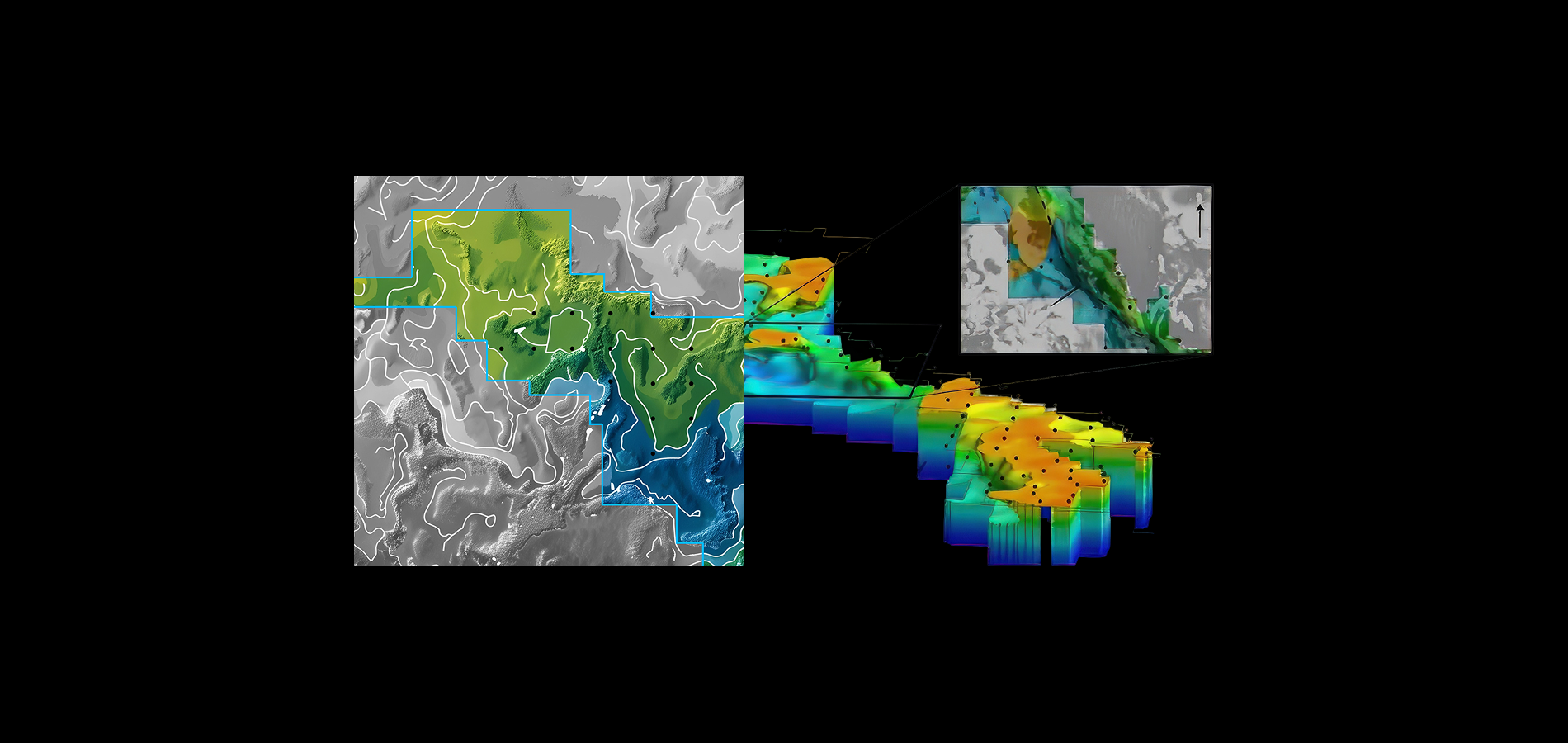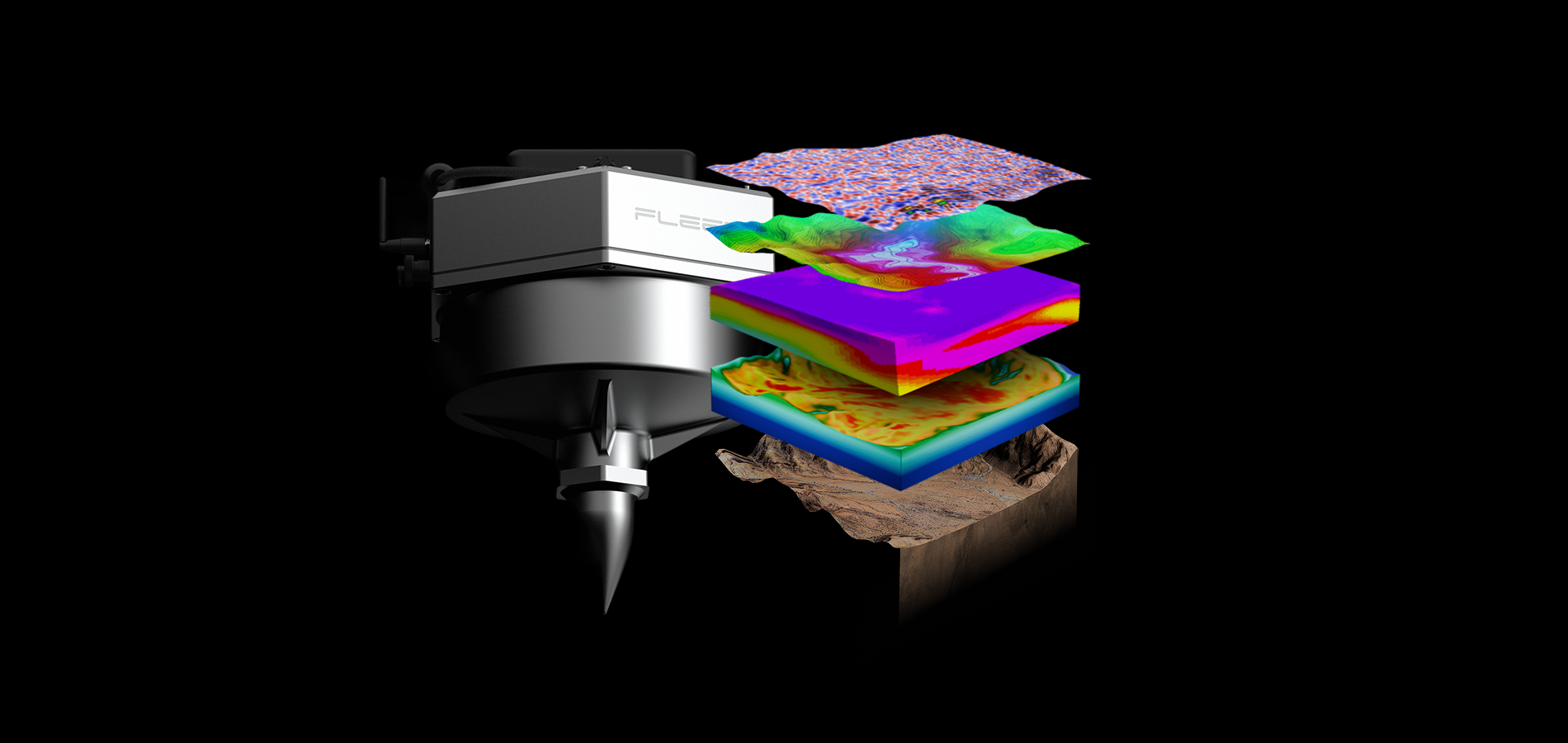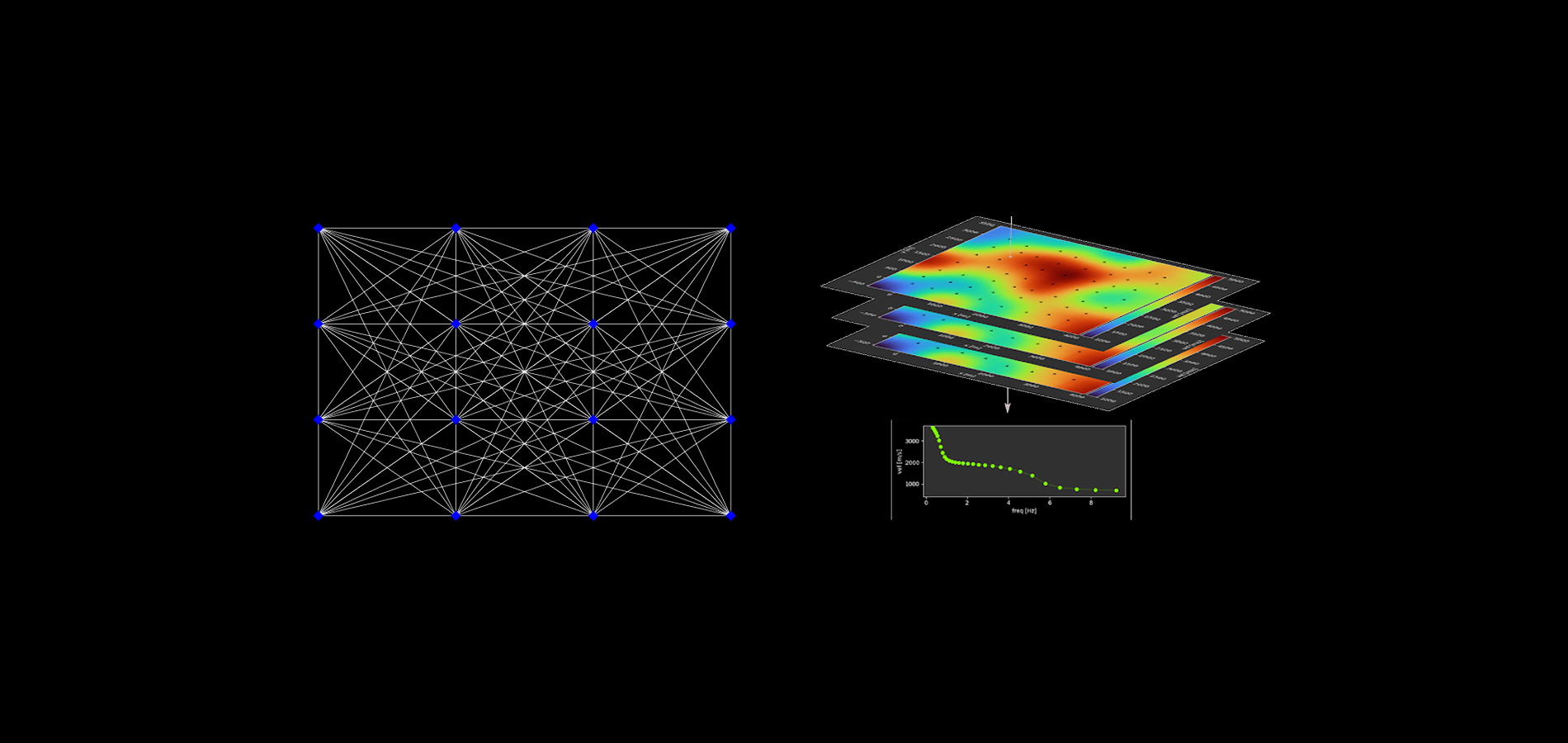Application of ANT to Iron Oxide Copper-Gold Exploration in Chile

Magnetite is a common product of alteration in iron oxide copper-gold (IOCG) and porphyry mineral systems. As a result, geophysical exploration has relied upon aeromagnetic or ground magnetic surveys coupled with electromagnetic surveys to detect conductivity related to sulphide minerals (Aguilef et al., 2017).
However, magnetite is not everywhere associated with copper. Large magnetite-rich bodies that are devoid of copper are known across the Andean region, for example those of the iron oxide-apatite (IOA) class of deposits. Distinguishing copper-bearing magnetite from copper-poor magnetite therefore is a challenge to geophysical exploration in the region.
Fleet Space Technologies has been working with Power Nickel Chile to improve exploration outcomes using Fleet Space’s proprietary Ambient Noise Tomography (ANT) system, part of the ExoSphere end-to-end mineral exploration workflow.
Power Nickel holds several 100% owned properties in the Atacama Province, south of the city of Copiapo (Fig. 1). The properties are within the belt that hosts the world class La Candelaria IOCG deposit.
At La Candelaria, alteration and mineralisation is likely multi-stage, related to changing chemistry of causative magmatic intrusions. Early magnetite mineralisation formed in response to early, high temperature, water poor magmas, and this was overprinted by a closely related but temporally distinct phase of copper and sulphur-rich alteration and mineralisation associated with oxidised, water-rich magmas (Romero et al., 2024). Marschik and Fontboté (2001) note that most of the larger orebodies in the region have a structural control associated with northwest-trending brittle faults and, in the case of Candelaria itself, a northeast-trending ductile shear zone.

Within Power Nickel’s properties, magnetic anomalies are priority IOCG targets and ANT surveys were undertaken across these anomalies in order to better understand the 3D architecture at depth. In addition, the surveys aimed to search for zones of alteration within the volcanic and volcaniclastic country rocks. Typically hydrothermal alteration results in a reduction of seismic velocity as alteration minerals such as phyllosilicates are less dense than the feldspar-dominant mineralogy of the primary rock types.
ExoSphere ANT
Ambient noise tomography utilises background seismic noise in the Earth as the signal for measuring subsurface velocity structure. An array of custom built Fleet Space geophones (Olivier et al., 2022) were used to record the arrival of low-frequency surface waves created by natural and anthropogenic seismic sources.
The technique relies on estimates of seismic Green’s functions between station pairs, such that every receiver is turned into a virtual active source that provides information about the subsurface. More details on the ANT method can be found in Olivier et al. (2022) and Jones et al. (2024).
Tierra de Oro ANT velocity model
At the Tierra de Oro property, the velocity model reaches a depth of ~600m below surface. The near surface is characterised by an approximately 100m thick, low velocity (<1500 m/s) zone, interpreted to image the sedimentary cover (Fig. 2). Within the high velocity basement (>2800m/s), velocity contrasts are evident as narrow zones of decreased velocity that have a general north-east trend (Fig. 3). The most prominent and thoroughgoing of these may indicate the location of a fault zone.
In the southeastern portion of the model, there is a zone of decreased velocity that has an irregular shape but is generally elongate towards the north east. The eastern and southern edges of this feature extend to the edge of the model, and are therefore poorly constrained. Interestingly, this zone of decreased velocity is semi-coincident with a magnetic feature that has a similar geometry.


The semi-coincidence of a low velocity zone that is distinct from the surrounding country rock velocity structure, and a magnetic feature with a similar geometry and orientation is a very interesting outcome of the ANT survey. A possible interpretation of this feature is that it represents a zone of decreased velocity associated with alteration of the volcanic rock packages. As this is associated with a discrete magnetite anomaly, the interest in this feature as a zone that may contain buried alteration and, ideally, copper mineralisation associated with magnetite.
Future work
Power Nickel Chile continues exploration in the region and is in the process of following up these interesting ANT results with a view towards a drilling campaign in the future. The ANT results provide a new, 3D dataset with which to interrogate the subsurface geology and raises new possibilities that alteration may be imaged in association with magnetite in the Chilean Andes. Interpretations presented here are those of Fleet Space Technologies and do not necessarily represent the views of Power Nickel.
Acknowledgements
Text and figures prepared by Anthony Reid. ANT velocity model prepared by Adebayo Ojo. The team from Power Nickel Chile are thanked for permission to publicise these results and for discussions on the geology and geophysics of IOCG systems in the Chilean Andes.
References
Aguilef, S., Vargas, J.A., and Yáñez, G., 2017, Relationship between bulk mineralogy and induced polarisation responses in iron oxide-copper-gold and porphyry copper mineralisation, northern Chile: Exploration Geophysics, v. 48, no. 4, p. 353–362.
Jones, T., Olivier, G., Murphy, B., Cole, L., Went, C., Olsen, S., Smith, N., Gal, M., North, B., and Burrows, D., 2024, Real-Time Ambient Seismic Noise Tomography of the Hillside Iron Oxide–Copper–Gold Deposit: Minerals, v. 14, no. 3, p. 254.
Marschik, R., and Fontboté, L., 2001, The Candelaria-Punta del Cobre Iron Oxide Cu-Au(-Zn-Ag) Deposits, Chile: Economic Geology, v. 96, no. 8, p. 1799–1826.
Olivier, G., Borg, B., Trevor, L., Combeau, B., Dales, P., Gordon, J., Chaurasia, H., and Pearson, M., 2022, Fleet’s Geode: A Breakthrough Sensor for Real-Time Ambient Seismic Noise Tomography over DtS-IoT: Sensors , v. 22, no. 21.
Romero, R., Barra, F., Reich, M., Ojeda, A., Tapia, M.J., Del Real, I., and Simon, A., 2024, Contrasting magma chemistry in the Candelaria IOCG district caused by changing tectonic regimes: Scientific reports, v. 14, no. 1, p. 10793.


